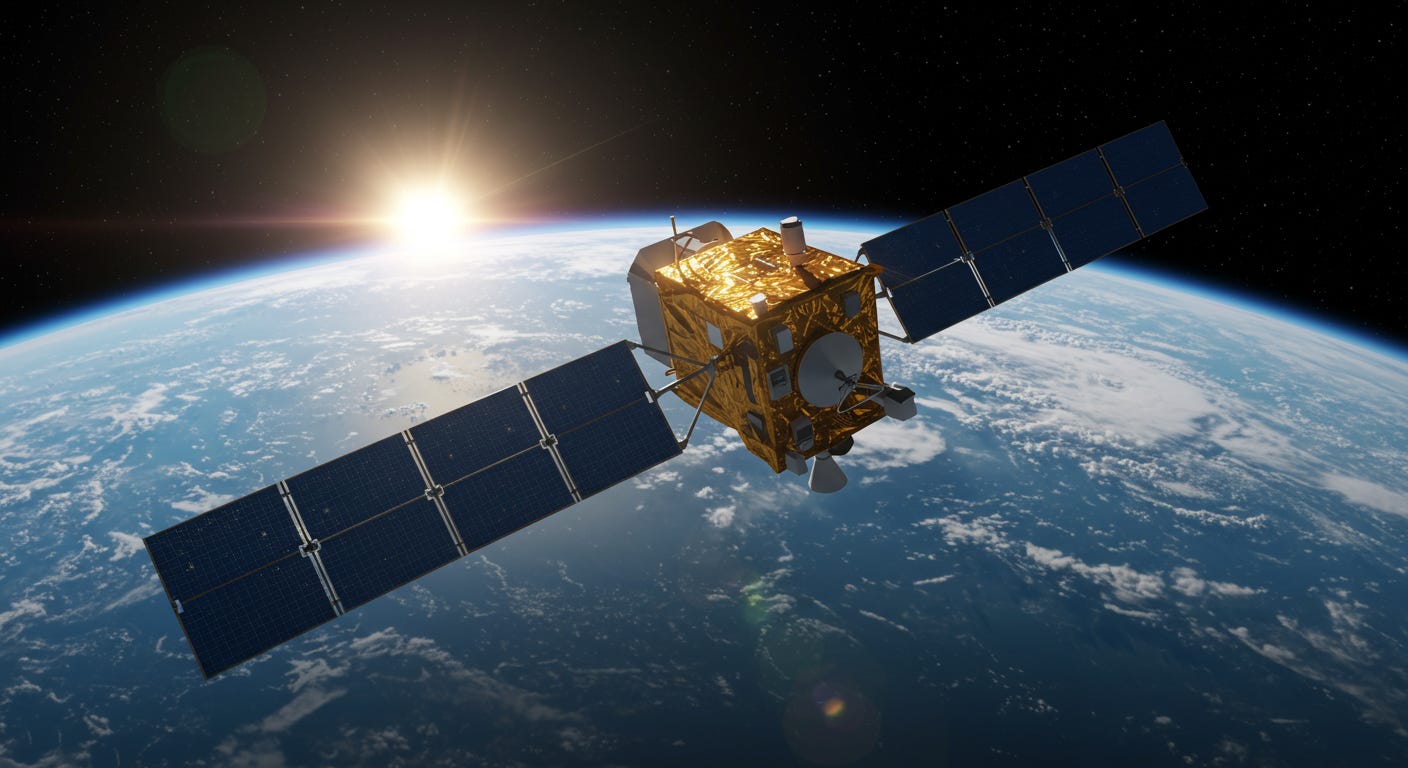Quantum Key Distribution Links Madrid, Barcelona, Lisbon Via Satellite for Secure Communication
Quantum key distribution offers the potential for unhackable communication, and researchers are now demonstrating its feasibility over significant distances. Vicky Domínguez Tubío, Mario Badás Aldecocea, and colleagues from Delft University of Technology and The Netherlands Organization for Applied Scientific Research have designed and evaluated a satellite-based quantum key distribution system specifically tailored for the Iberian Peninsula. This innovative setup aims to link Madrid, Barcelona, Bilbao, and Lisbon, utilising a state-of-the-art Low-Earth-Orbit satellite to distribute entangled photons to ground stations. By carefully optimising the system to account for satellite vibrations, the team demonstrates that practical key rates, sufficient for applications like secure hospital communications, are achievable with existing protocols, paving the way for national-scale quantum networks.
Iberian QKD Network Via Low-Earth Orbit
This work demonstrates the feasibility of extending quantum key distribution (QKD) from city-wide networks to a national scale, specifically across the Iberian Peninsula. By optimising beam transmission to account for satellite vibrations and aperture limitations, the team enhanced the probability of successful key exchange, improving the overall system performance. The results indicate that current satellite technology can achieve key rates sufficient for practical applications, such as secure communication between hospitals employing hybrid quantum-classical protocols.
These protocols combine the security of quantum key distribution with the efficiency of existing classical encryption methods, offering a robust solution for sensitive data transmission. Further improvements, such as increasing the photon source rate, could support even more demanding applications utilising hybrid quantum algorithms. The authors acknowledge that the current model relies on trusted ground stations for data storage, and future research should explore incorporating quantum memories to enable the use of untrusted stations and expand the potential for broader quantum technologies. Scientists engineered a downlink system where entangled photon pairs are transmitted from a Low-Earth-Orbit (LEO) satellite to multiple ground stations, leveraging the benefits of reduced atmospheric disturbance. The satellite operates at an altitude of approximately 400km, following a medium-inclination trajectory. The core of the system relies on a source onboard the satellite, generating entangled photon pairs at a high rate.
Researchers implemented a protocol where photons are randomly measured at the ground stations, retaining only pairs detected in the same basis for key generation. To address the challenge of satellite vibrations, the team optimised the beam transmission, significantly enhancing transmission probability to the ground stations, ensuring a stronger and more reliable quantum signal. The study meticulously models the entire process, calculating the secret key rate based on the generated entangled photon pairs and accounting for atmospheric conditions. Results demonstrate that the optimised system achieves key rates sufficient for real-world applications, such as secure communication between hospitals. Furthermore, the team assessed the system’s capacity to support more demanding applications, identifying a need for improvement in the entangled photon pair source rate.
👉 More information
🗞 Quantum Key Distribution in the Iberian Peninsula
🧠 ArXiv: https://arxiv.org/abs/2510.12951


